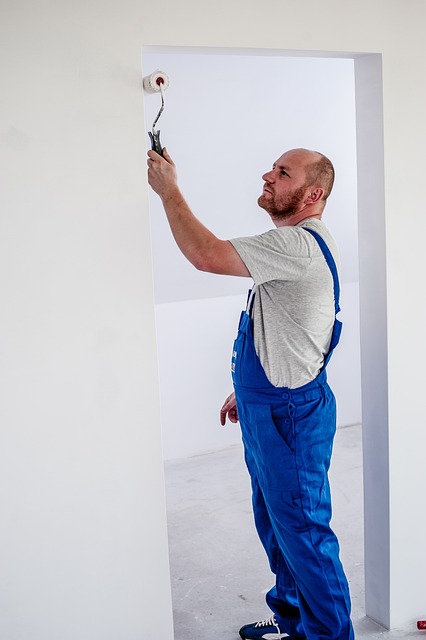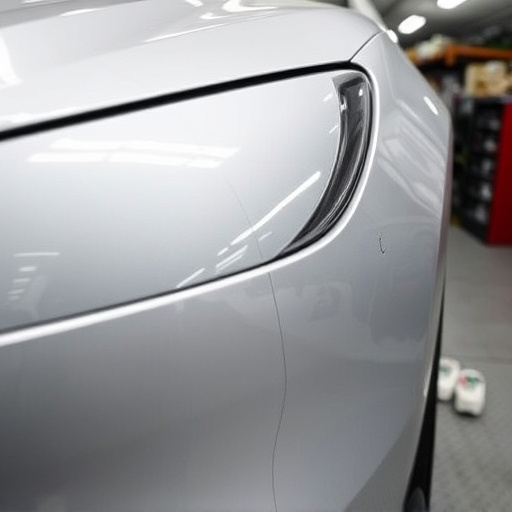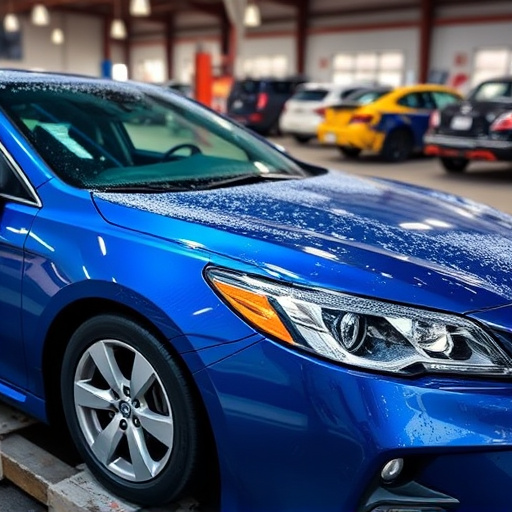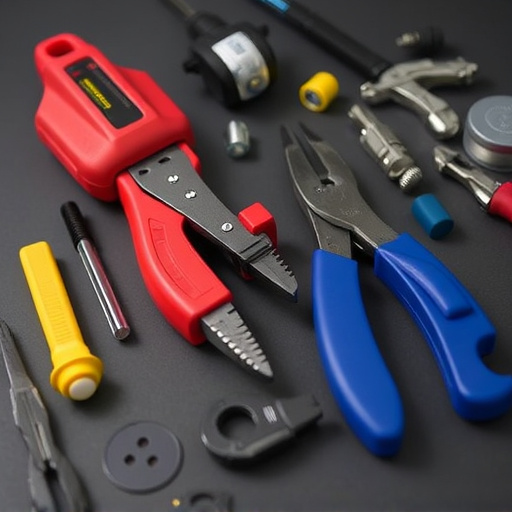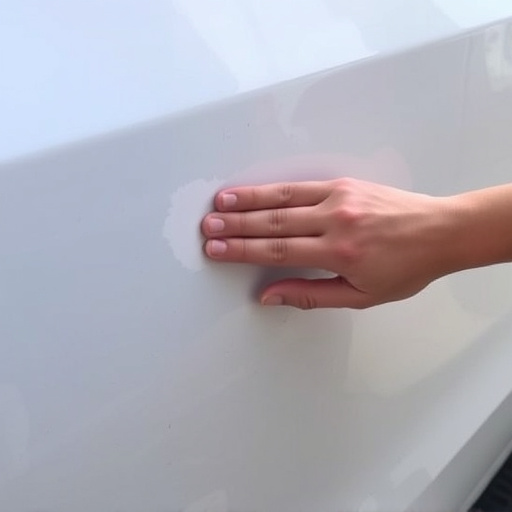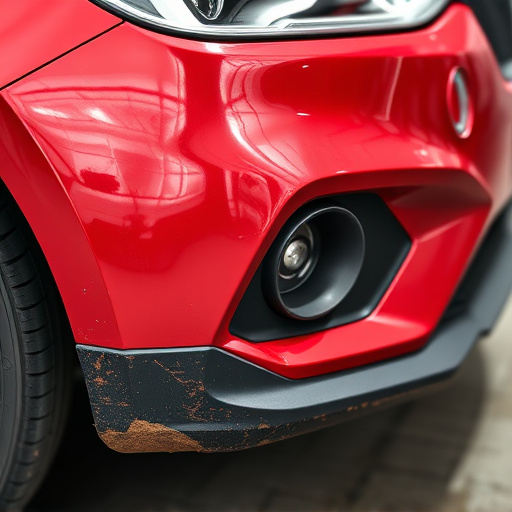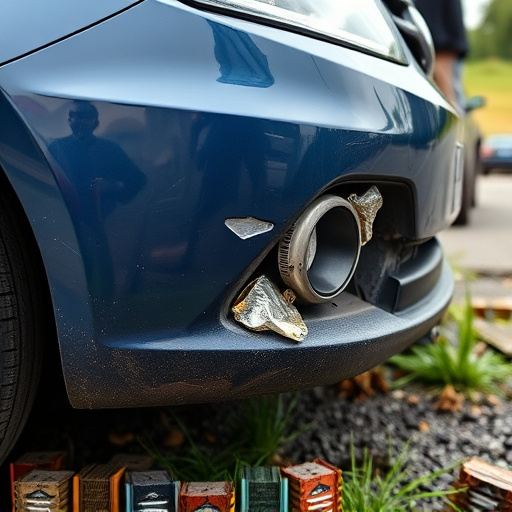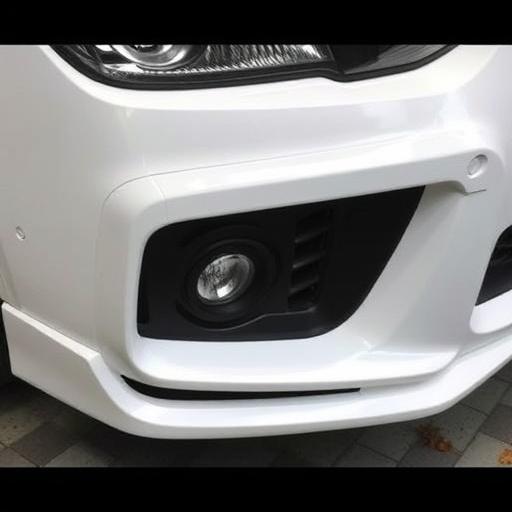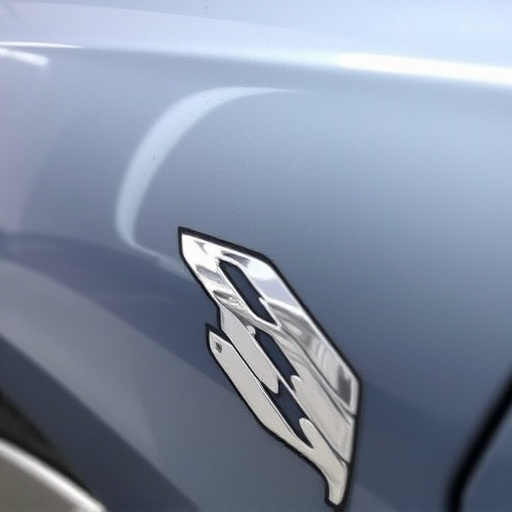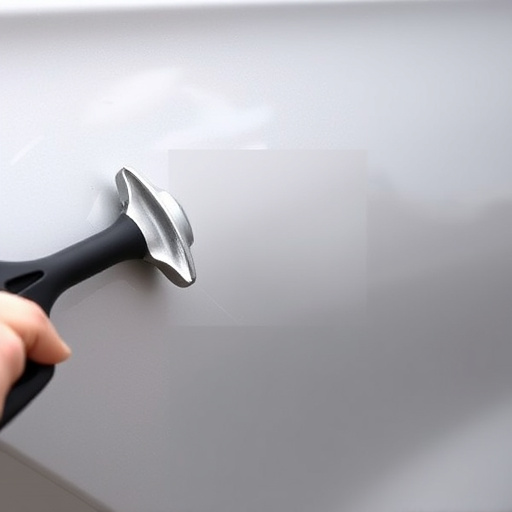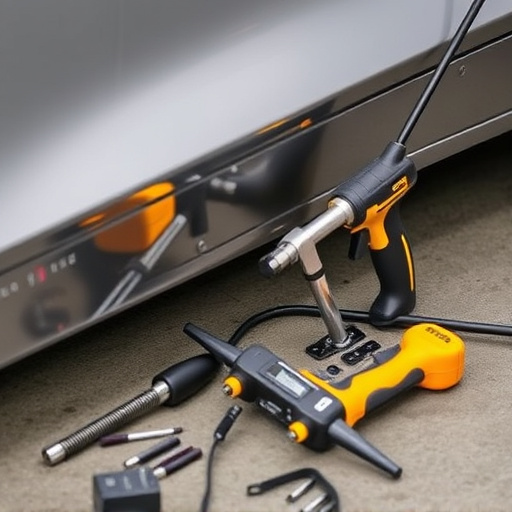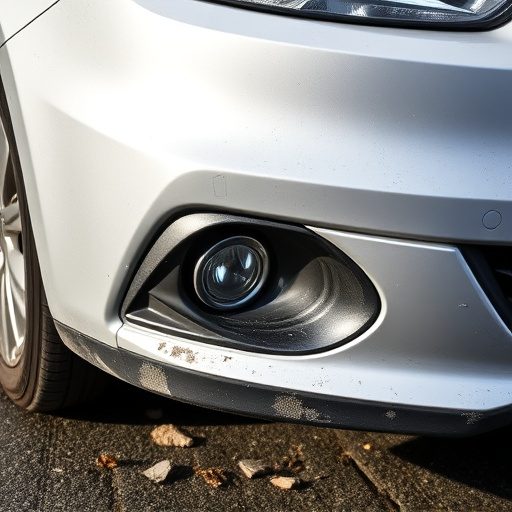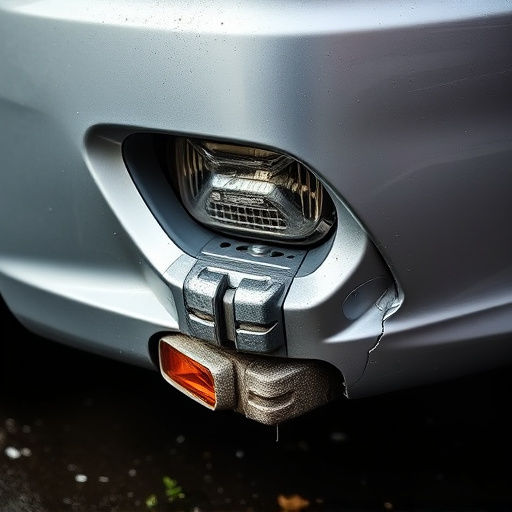ADAS Recalibration Glass is a specialized material crucial for maintaining and enhancing Advanced Driver Assistance Systems (ADAS) safety features. Its precise optical properties and calibration ensure accurate impact detection, especially after vehicle modifications or repairs, thereby improving collision avoidance and reducing accidents on busy roads, while also enabling the safe restoration of classic vehicles.
“Uncovering the critical role of ADAS recalibration glass in enhancing vehicle safety, this article delves into the advanced technology driving impact detection. ADAS (Advanced Driver Assistance Systems) recalibration glass plays a pivotal role in improving collision avoidance systems. By understanding its functionality and benefits, we explore how this innovative solution enhances impact detection, ensuring safer roads. Furthermore, regular calibration practices are emphasized as a vital step for maintaining optimal system performance.”
- Understanding ADAS Recalibration Glass Technology
- Enhancing Impact Detection: The Glass Role
- Ensuring Safety: Regular Calibration Practices
Understanding ADAS Recalibration Glass Technology
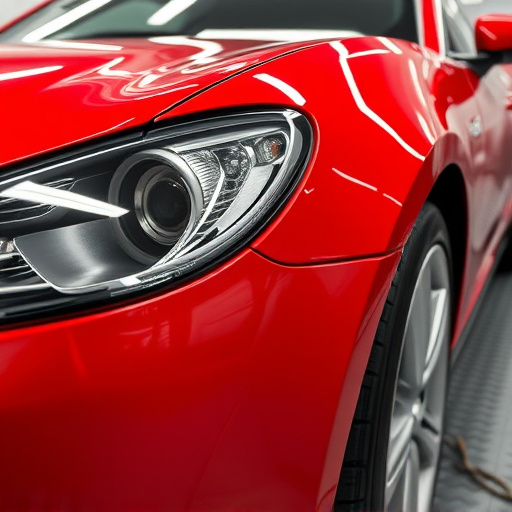
ADAS Recalibration Glass is an innovative technology designed to play a pivotal role in modern vehicle safety systems, specifically Advanced Driver Assistance Systems (ADAS). This specialized glass is engineered to enhance impact detection capabilities, ensuring that safety features like collision avoidance and automatic emergency braking function optimally. By integrating advanced optical sensors and precise calibration, the glass acts as a critical component in recalibrating ADAS sensors, especially after any alterations or damages to the car’s bodywork.
The technology behind ADAS Recalibration Glass involves sophisticated material treatments and precision manufacturing. It is designed to maintain clear visibility and accurate light transmission while incorporating specific optical characteristics that facilitate precise sensor calibration. This is particularly crucial for auto body repairs, as structural changes or replacements in the car bodywork can disrupt the alignment of sensors, leading to potential safety hazards. With recalibration glass, technicians can efficiently restore optimal sensor performance, guaranteeing the continued effectiveness of life-saving ADAS features.
Enhancing Impact Detection: The Glass Role
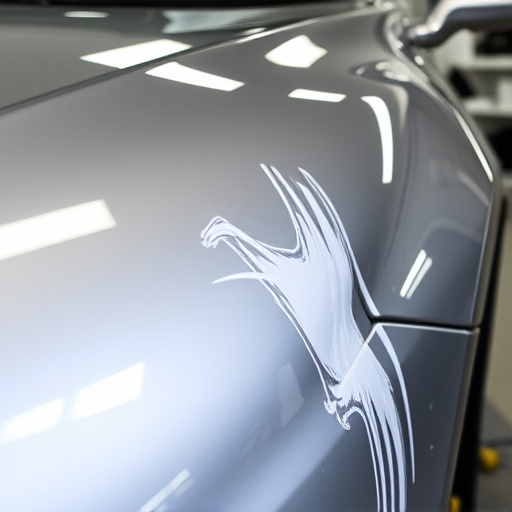
Advanced Driver Assistance Systems (ADAS) recalibration glass plays a pivotal role in enhancing impact detection capabilities. This specialized glass is designed to work hand-in-hand with ADAS sensors, ensuring they remain accurate and reliable even after vehicle modifications or repairs. By calibrating the glass correctly, these systems can more effectively detect and respond to potential collisions, potentially saving lives and reducing accidents.
The implementation of ADAS recalibration glass goes beyond mere precision. It also allows for improved safety in classic car restoration and vehicle restoration projects. Restoring an older vehicle often involves changes to its structure and components, which could impact sensor functionality. Properly calibrating the glass ensures that these modifications do not compromise the reliability of collision detection systems, making them as effective as when the vehicle was first produced. This is particularly crucial for bustling streets where every second counts in avoiding accidents.
Ensuring Safety: Regular Calibration Practices
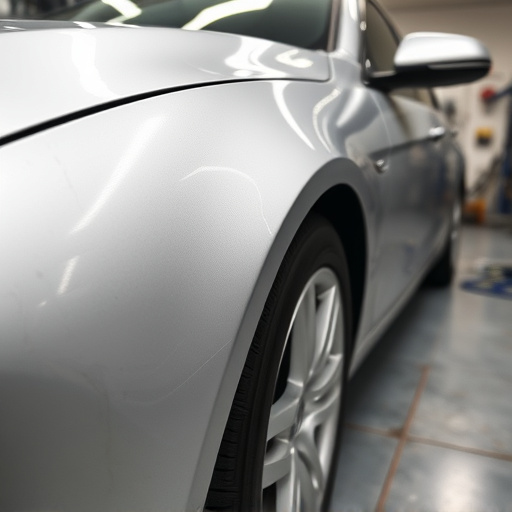
Maintaining safety standards is paramount when it comes to advanced driver-assistance systems (ADAS). One critical component in ensuring the effectiveness of these life-saving technologies is regular calibration, especially when using ADAS recalibration glass. This specialized glass plays a pivotal role in impact detection by providing an accurate reference point for sensors and cameras, which are essential for features like collision avoidance and autonomous parking.
Regular calibration practices not only enhance the performance of ADAS but also contribute to the overall integrity of the vehicle’s structural integrity. By addressing any issues related to car bodywork, including paintless dent repair or scratch repair, proper calibration ensures that sensors have a clear view of their surroundings, thereby improving detection accuracy and response time in critical scenarios.
ADAS recalibration glass is a pivotal technology in enhancing vehicle safety by optimizing impact detection. By understanding its functionality and implementing regular calibration practices, drivers can ensure that advanced driver-assistance systems (ADAS) function at peak performance. This, in turn, contributes to safer driving experiences, making roads more secure for everyone. ADAS recalibration glass remains an indispensable component in the ongoing evolution of automotive safety standards.
